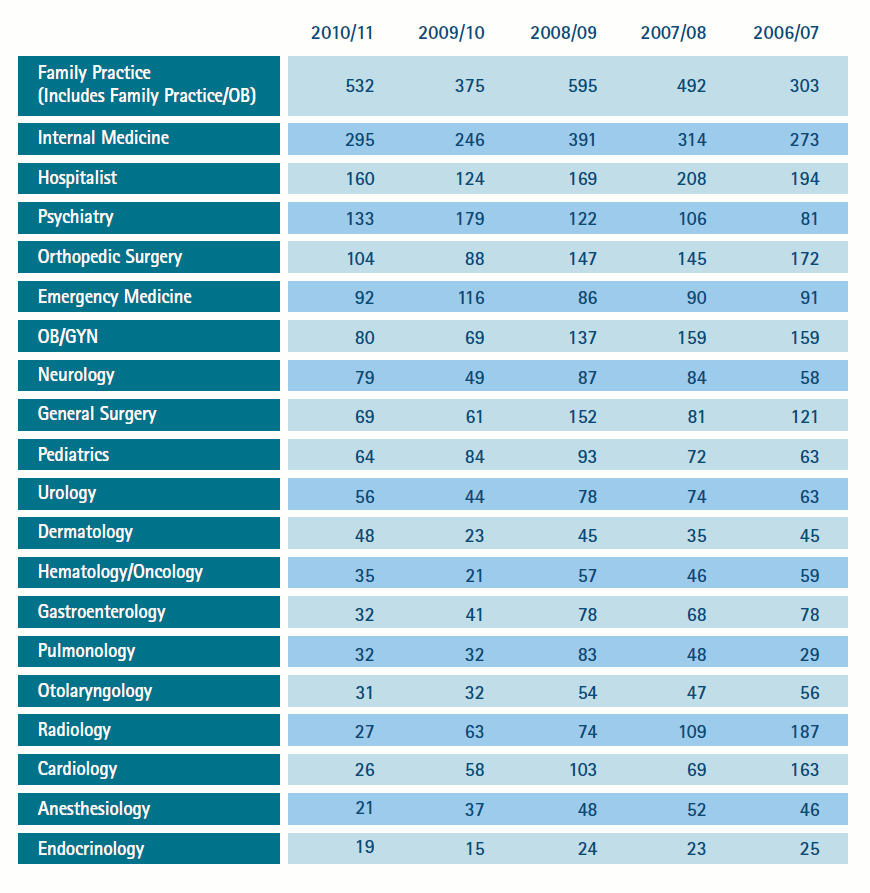This list is part of a series of articles about the best books for medical students. Click on the Med School Books Main Page to see other lists including the best books for each year in medical school, the best books for each clinical rotation, and the best books for USMLE Steps 1, 2, and 3.
Choosing a top ten list for the third year of medical school was a lesson for me in biting off more than one can chew. I will soon be compiling top ten lists for each of the core rotations in medical school, which will be a more manageable list. However, there are common themes during this very important year of training, and you will be testing the waters of many potential future specialties. I think these books will help with these endevours.
- Updated April 2015
1. First Aid for the Wards:
|
|
2. Pocket Medicine:
|
|
3. Maxwell Quick Medical Reference:
|
|
4. Case Files:
|
|
5. PreTest:
|
< |
6. BluePrints:
|
|
7. Surgical Recall:
|
|
8. First Aid for the USMLE Step 2 CK:
|
|
9. Dr. Pestana's Surgery Notes:
|
|
10. Step-Up to Medicine:
|
Honorable Mention:
- I can not create a list of study tools for third year medical students without mentioning USMLEworld. After using many Q-banks, many question books, and other resources, I have concluded that USMLEworld provides questions most consistently similar to the real shelf exams and boards as well as provided the clearest explanations.
-
Success on the Wards: 250 Rules for Clerkship Success
is a highly rated book for third year students
-
250 Biggest Mistakes 3rd Year Medical Students Make and How to Avoid Them
is written as the same authors as "Success on the Wards" and also comes highly recommended.
-
The Ultimate Guide to Choosing a Medical Specialty
. Really, this books should be in the Top Ten. I left it off because it is not specifically for third year medical students. However, it is one of the best resources available for deciding what is important to you in a specialty, and comparing variables across all medical specialties. I highly recommend it.






 My name is Andrew and I am a first year resident training to be an ophthalmologist. I created ShortWhiteCoats to provide medical students, residents, and the public with all the information I spent so many hours looking for during medical school.
My name is Andrew and I am a first year resident training to be an ophthalmologist. I created ShortWhiteCoats to provide medical students, residents, and the public with all the information I spent so many hours looking for during medical school.







